Rattle, Bavarian Symphony deliver a brilliant, devastating Mahler tragedy

It’s been 15 years since Sir Simon Rattle last visited Chicago in what would be his valedictory local stand with the Berlin Philharmonic.
The British conductor, whose tenure leading the venerable Philharmoniker ended in 2018, took the reins of the Bavarian Radio Symphony Orchestra last fall. Sunday afternoon brought Rattle’s first local appearance with his new band, playing to a respectably filled house at Orchestra Hall.
Rattle and colleagues opened their four-city U.S. tour here with Mahler’s Symphony No. 6, well-timed for the team’s just-released recording of the same work. The program of Mahler’s Sixth in New York later this week will provide intriguing context by also including Hindemith’s Rag Time and Zemlinsky’s Symphonic Songs, but in Chicago the symphony was the sole work.
The BRSO (aka the Symphonieorchester des Bayerischen Rundfunks) last visited here under the late Mariss Jansons in 2016. This year the ensemble is marking its 75th anniversary and the Munich-based orchestra made a most impressive showing under their new leader.
The orchestra boasts a brilliant sound with especially gleaming violins (split left and right) and imposing brass. If they don’t quite equal the corporate tonal refinement of the world’s top orchestras—the woodwind front desks lack something in individual character as well—the Bavarians are clearly a superb orchestra and played with technical polish, ensemble unity and an athletic vitality.
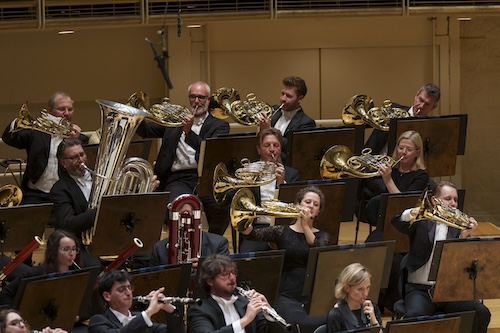
While justifiably regarded as the grimmest of Mahler’s nine completed works in the genre, the Sixth Symphony possesses moments of compensating beauty, splendor and humanity.
Rattle, 69, remains a no-nonsense Mahlerian, and the quick-march that launched the opening movement was taken at a fast, nerve-wracked pace. While the Alma theme was suitably ardent, there was little lingering in the contrasting episodes with Rattle keeping a relentless forward impetus. One wanted a bit more light and shade at times. While immaculately balanced, the atmospheric effects didn’t all register, with the offstage cowbells sounding more like a pots-and-pans drummer on Michigan Avenue.
As in his previous recording of the Sixth Symphony with the City of Birmingham Symphony Orchestra, Rattle places the Andante moderato second and the Scherzo third (contrary to what was printed in the program). Though done less often, the conductor made a strong case for that ordering. Rattle conjured a mini-tone poem out of the slow movement, aided by spacious, resplendent solo horn playing from Andrew Bain, principal of the LA Philharmonic who is sitting in on this tour. Rattle drew luscious string playing, inexorably building the Andante—one of Mahler’s loveliest inspirations—to an expansive, rapturous climax.
The Scherzo, placed third, returns us to the darker world of the opening movement, effectively paving the way for the ultimate tragedy of the finale. Here too, Rattle’s tempo was driven and impellent, hurling us back to the haunted, quasi-militaristic nightmare that opened the symphony. Rattle pointed the contrasting sections effectively, with oboist Stefan Schilli contributing lilting charm in the first trio and Rattle drawing out the unsettling weirdness of the second.

The transition into the final movement seems to make more sense emerging from the Scherzo rather than the Andante. Rattle charted the nearly half-hour finale with consummate skill, making one almost believe that this time the energetic progress towards an optimistic conclusion would actually succeed. Consequently, the hammer blows of fate fell with even more devastating force and impact—the Bavarian percussionist wielding a huge, weighty hammer that delivered a leaden yet resonant thwack of irrevocable finality. (Heeding Mahler’s dicta, the third hammer blow was omitted.) The conductor was at his finest in the closing section, drawing out the pitiless descent into the yawing abyss, a violent final chord and resigned coda of despair.
Despite the deservedly clamorous ovations and repeated curtain calls for Rattle and his superb orchestra, there was no encore, as expected. After such a Mahler performance as this, what more can be said?
Sir Simon Rattle and the Bavarian Radio Symphony Orchestra perform at the Kennedy Center in Washington DC on Tuesday, in Philadelphia on Wednesday, and at Carnegie Hall in New York Thursday and Friday.
Posted in Performances
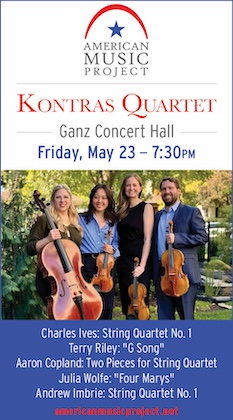
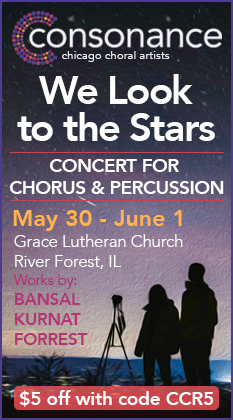

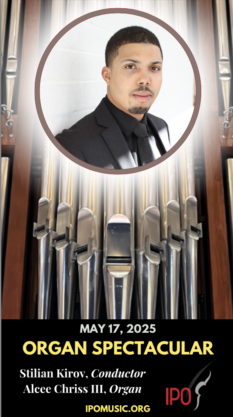
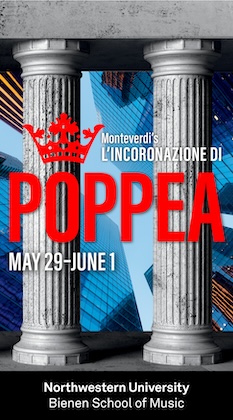

Posted Apr 29, 2024 at 12:43 pm by Richard T
Thanks for identifying the solo horn. I was stumped and wondering who that was! I sat in the upper part of lower balcony where it’s almost upper balcony and the cowbells sounded just right to me-if anything, that business of constantly opening and closing the back door for cowbell episodes seemed a bit distracting to me-but then, that’s how we’ve always done it in this hall. The 2 twacks sounded flat and hollow to me-with nothing of the earth-shaking resonance of Mighty Cynthia’s.
Posted Apr 29, 2024 at 8:32 pm by Mark
What a wonderful orchestra. Most impressive to me were the quiet moments and uniformity of sound and style across all sections of the orchestra. I understand your comment on the woodwind front desks lacking character, but there was truly an impressive stillness to the section playing throughout the softer moments. Cynthia Yeh was your percussionist on the offstage cowbell and I completely agree that they sounded small compared to the scale of the rest of the orchestra’s impressive sound. And thank you for confirming my suspicion of Andrew Bain playing principal horn. What a treat from my seat in the Terrace!
On a personal note, I can’t believe it’s been 15 years since Simon Rattle has been in Chicago. I was fortunate to attend his tour with the Philharmoniker at Hill Auditorium in Ann Arbor. I also remember fondly the BRSO’s last visit to Chicago with Jansons (Shostakovich 7).
Posted Apr 30, 2024 at 9:23 am by Mark
This was a superb Mahler 6, and certainly the best performance I ever experienced in my long concert-going history. Not only was the orchestra superb, but it acquainted itself well with the hall. The orchestra was well balanced, the brass did not overwhelm other sections (even in loud passages) and the strings had a rich sound.
I was also surprised when Sir Simon took the Andante second given the program, but he was convincing in his choice. I would not characterize him as a no-nonsense Mahlerian necessarily. He was strongly in his element the entire performance. There is wisdom that comes with experience. Some conductors plateau at this stage of their careers. Sir Simon is not one of them. At least in this repertoire, he is one of the very best.
Posted May 02, 2024 at 6:58 am by Peter
The performance in Philadelphia on Wednesday May 1 was equally wonderful and the offstage percussion in our Marian Anderson Hall was excellent. Disagree about the woodwinds, which I heard as characterful and piquant. The BRSO horns and low brass are so good they made me wonder again if some personnel changes are warranted in Philadelphia.
Those who think Rattle is mediocre have to contend with this excellent tour.
Posted May 05, 2024 at 6:18 pm by M. S.
Sounds like a magnificent concert, I wish I’d been there. Kudos to Todd Rosenberg, too, for the fantastic photos, especially the percussionist & trumpeters!